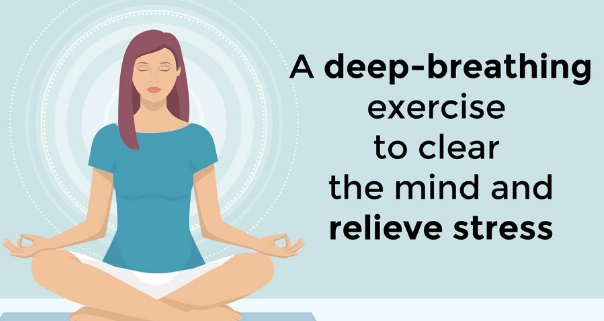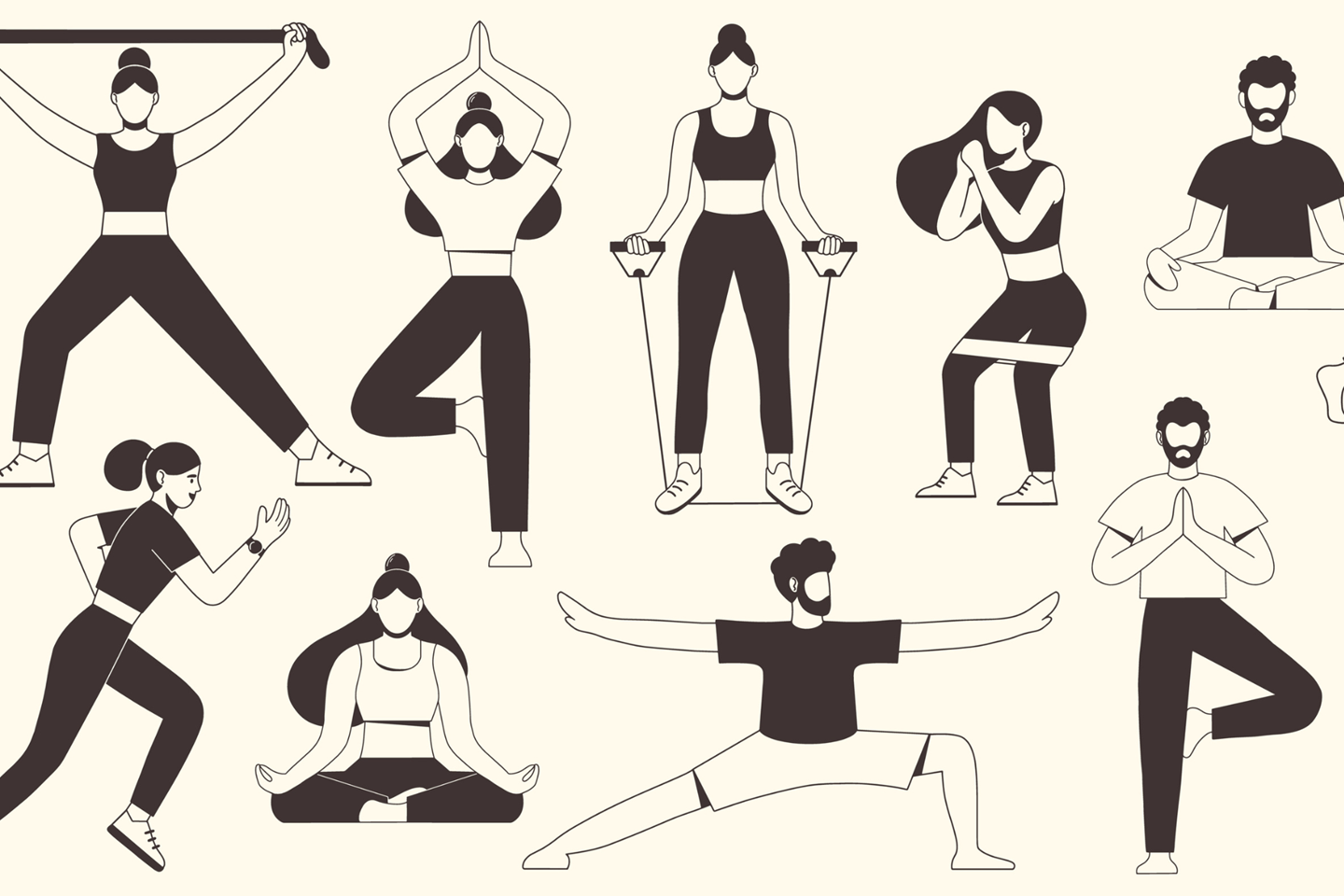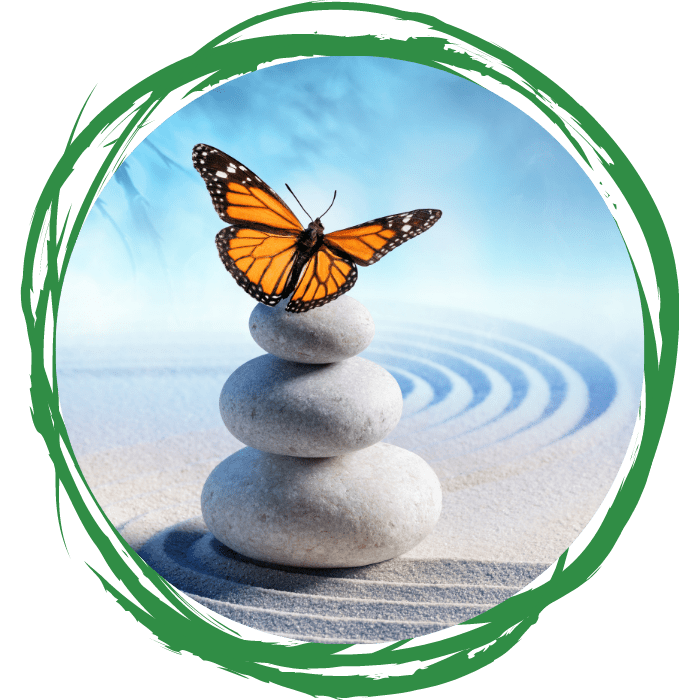
Introduction:
In the hustle and bustle of modern life, finding inner peace and holistic well-being can often feel like an unattainable dream. The constant demands of work, family, and everyday responsibilities can leave us feeling overwhelmed, stressed, and disconnected from ourselves. However, amidst the chaos, there exists a path to serenity – a journey toward inner peace and fulfilment that is within reach for each of us.
Welcome to “Unlock Serenity: 9 Proven Strategies for Acheving and Inner Peace.”
In this exploration, we delve into nine powerful techniques that have been shown to promote inner peace, emotional resilience, and overall well-being. From ancient practices like meditation to modern self-care strategies, these proven methods offer a roadmap to finding tranquillity in our daily lives.
Join us on this journey as we uncover the transformative power of deep breathing, physical activity, mindfulness, gratitude, quality sleep, time in nature, and social connection. Together, let’s unlock the door to serenity and discover the abundance of peace and fulfilment that awaits within.
NINE INNER PEACE STRATEGIES
1. Deep Breathing:

Time Needed
Allocate just 5 minutes daily for at least a week (although research indicates that practising mindfulness regularly leads to greater benefits over time).
How to Practice
Here’s a simple way to start mindful breathing: focus solely on your breath, the inhales and exhales. Sit or lie comfortably, keeping your eyes open, closed, or softly gazing ahead. Set aside a specific time for this exercise, or do it whenever you feel stressed or anxious. Consistent practice can make it easier to use mindful breathing during tough moments.
First, you might take a deep breath, inhale deeply through your nose for 3 seconds, hold for 2 seconds, and exhale slowly through your mouth for 4 seconds. Otherwise, just observe your breath without altering it.
Notice the rise and fall of your chest or the sensation in your nostrils. If your attention drifts, softly steer it back to your breath with gentle guidance.
For added structure, and if you’d like to lead this practice for others, here’s a guided meditation. Find a comfortable position, relax, and focus on your breath for 5-7 minutes. When your mind drifts, gently bring it back to your breath. Afterwards, take a moment to appreciate yourself for practising mindfulness.
2. Physical Activity:

Regular exercise forms the foundation of a balanced and vibrant life. Even modest amounts of consistent exercise, such as 30 minutes three times a week, can yield significant benefits across emotional, physical, and mental realms. Exercise helps prevent disease and bolster immunity and enhances mood and aids in combating depression.
Embarking on an exercise routine can feel daunting, especially when starting from a lower fitness level. Yet, progress begins from wherever you are. With perseverance and consistent effort, results will gradually manifest. It’s crucial to avoid overexertion and to prioritize safety and individual health conditions.
While remaining active throughout the day, incorporating structured exercise sessions is equally vital. Set aside dedicated time each week for purposeful physical activity, blending cardiovascular and strength training exercises for comprehensive benefits and equilibrium.
Begin with simple aerobic activities like walking or jogging for 20 to 30 minutes, gradually progressing to targeted muscle exercises. Start with manageable weights, and always remember to stretch before and after workouts to prevent injury.
Stress Management
Beyond physical health, nurturing mental and emotional wellbeing is paramount. Effective stress management techniques can mitigate the impact of stressors on your life. Cultivate practices that promote relaxation, such as mindful breathing, allocating time for rest, fostering inner peace, displaying empathy and understanding towards others, and nurturing connections with loved ones.
Incorporating breathing exercises and gentle stretches, like those found in Wai Lana’s Rest and Relax CD and yoga DVDs, can be invaluable for calming the mind and body. These resources facilitate the integration of relaxation techniques and yoga stretches into your daily routine.
Love and Appreciation
Kindness and gratitude enrich the fabric of life. Cultivate empathy and compassion in your interactions, listen attentively to others, and extend patience to those grappling with their own challenges. Take moments to acknowledge and express gratitude for the abundance in your life and the circumstances you find yourself in.
Incorporating these practices into your daily life can profoundly contribute to your overall happiness and wellbeing.
3. Meditation:

Personal Meditation Journey:
My experience with meditation has been transformative on my quest for inner tranquility. Before integrating meditation into my routine, I often felt overwhelmed by the whirlwind of thoughts and emotions swirling within me. I frequently found myself mired in worry and stress, unable to find respite from the chaos of my mind. However, since incorporating daily meditation sessions into my life, I’ve witnessed a remarkable shift in my ability to navigate challenging emotions and situations with greater ease.
One of the most daunting aspects of embarking on a meditation journey is maintaining consistency. In the initial stages, it’s easy to become entangled in the demands of daily life and neglect this essential practice. Yet, through perseverance and patience, I’ve discovered that committing to meditation as a daily ritual yields profound long-term benefits.
Practical Strategies for Embracing Meditation in Everyday Life:
● Start with small steps: Avoid overwhelming yourself by attempting extended meditation sessions right away. Begin with just a few minutes each day, gradually increasing the duration as you grow accustomed to the practice.
● Establish a serene setting: Select a tranquil space where you can meditate without interruption. Whether seated in a chair or cross-legged on the floor, prioritize comfort and tranquility.
● Utilize guided meditation: For those new to meditation, guided sessions can offer valuable support and guidance. Numerous free resources, such as online platforms and meditation apps like Headspace and Calm, provide accessible guided meditations to aid beginners.
● Practice patience: Embracing meditation may initially present challenges, and the benefits may not be immediately apparent.Grant yourself patience as you traverse this path and have faith in the journey ahead.
Meditation entails the discipline of training the mind to concentrate and steer thoughts deliberately. There are many different forms of meditation, including mindfulness meditation, loving-kindness meditation, and guided visualization. Start with just a few minutes of meditation each day, gradually increasing the duration as you become more comfortable. Find a quiet, comfortable space to sit or lie down, close your eyes, and focus on your breath or a specific mantra. Meditation helps cultivate a sense of inner peace, mindfulness, and emotional resilience.
4. Limit Media Consumption:
Social media permeates every aspect of modern life, inundating us with new apps and trends weekly. Yet, emerging research sheds light on its potentially detrimental effects on mental health.
According to a survey conducted by Gee Hair, a social media-based company, approximately one in three men report experiencing negative emotions while scrolling through social media platforms. Alarmingly, women seem to be even more susceptible, experiencing a staggering 70% more negative feelings than men. Furthermore, younger individuals are particularly vulnerable, facing a higher likelihood of negative impacts compared to their older counterparts.
Wholewellness Therapy offers two strategies for those seeking to break free from the social media cycle: quitting cold turkey or gradually reducing online time through imposed limits. However, for those unwilling to sever ties completely, there are strategies to foster a healthier relationship with social media.
Curate your followers:
Surround yourself online with individuals who contribute positively to your digital experience.
Share joyous moments:
Embrace spontaneous posting of uplifting content rather than saving it for calculated, infrequent drops.
-Engage with empowering content:
Unfollow accounts that evoke negative self-perception and instead seek out sources of inspiration and encouragement.
Conduct regular self-assessments:
Reflect on the impact of social media on your mental state and adjust usage accordingly if it fails to enhance your well-being.
Regulate screen time:
Excessive scrolling can lead to a downward spiral; mitigate this risk by setting time limits and allocating breaks to engage with the physical world around you.
Remember, if social media use exacerbates existing mental health struggles, seeking professional help is imperative.
5. Gratitude Journaling:
Embarking on a gratitude journaling journey holds immense potential for transformation, leading you towards inner peace, fulfilment, and a profound connection with yourself and the world around you. Through wholehearted dedication to this practice, you’ll unlock a series of profound impacts:
1. **Cultivating Mindfulness**: Gratitude journaling serves as a gateway to mindfulness, grounding you firmly in the present moment. Reflecting on blessings fosters awareness of the here and now, releasing concerns about the past or future and allowing you to fully embrace the abundance in your life at this moment.
2. **Nurturing Self-Reflection**: Engaging in gratitude journaling prompts deep self-reflection. As you document gratitude, you gain insights into your values, aspirations, and authentic self. This introspection empowers you to align your choices with your true essence, fostering personal growth and fulfillment.
3. **Deepening Self-Gratitude**: Gratitude journaling nurtures self-gratitude by acknowledging your strengths, achievements, and growth. Celebrating your inner qualities fosters profound self-love, acceptance, and compassion, enriching your relationship with yourself.
4. **Fostering Emotional Resilience**: Regular gratitude practice strengthens emotional resilience by encouraging gratitude amidst adversity. Shifting focus from challenges to lessons cultivates resilience, empowering you to navigate life’s ebbs and flows with grace and optimism.
5. **Enhancing Relationships**: Expressing gratitude in your journal extends to your relationships, deepening appreciation for loved ones. This heightened gratitude strengthens bonds, fostering love, connection, and support in your relationships.
6. **Cultivating Compassion**: Gratitude journaling fosters compassion towards yourself and others. Recognizing blessings nurtures empathy and understanding, enhancing interactions and contributing to a more compassionate world.
7. **Embracing Abundance**: Gratitude journaling fosters an abundance mindset, shifting focus from scarcity to abundance. By acknowledging blessings, you invite more opportunities, prosperity, and joy into your life, embracing the richness that surrounds you.
6. Proper Sleep:
Ensuring quality sleep is vital for maintaining optimal physical, mental, and emotional well-being. Establishing a calming bedtime ritual serves as a cue to your body that it’s time to unwind. Consider activities such as indulging in a soothing bath, immersing yourself in a good book, or engaging in relaxation exercises like deep breathing or meditation.. Ensure your sleep environment is conducive to rest by keeping the room dark, quiet, and at a comfortable temperature. Aim for 7-9 hours of sleep per night to wake up feeling refreshed and rejuvenated.
7. Time in Nature:
Spending time in nature has been shown to reduce stress, lower blood pressure, and improve mood. Make it a priority to get outdoors regularly, whether it’s for a leisurely walk in the park, a hike in the mountains, or simply sitting under a tree and soaking in the beauty of nature. Take deep breaths of fresh air, listen to the sounds of birds chirping or leaves rustling in the wind, and notice the sights, smells, and sensations around you. Connecting with nature can help you feel grounded, centered, and at peace.
8. Mindfulness Practices
Mindfulness involves bringing your attention to the present moment with curiosity, openness, and acceptance. Incorporate mindfulness practices into your daily life by engaging fully in whatever you’re doing, whether it’s eating, walking, or talking to someone. Practice mindful breathing throughout the day, taking moments to pause and notice the sensations of each inhale and exhaleEngage your senses to ground yourself in the here and now, immersing yourself in the present moment by noticing the visual scenery, listening to the surrounding sounds, inhaling the various scents, savoring the flavors, and feeling the textures in your environment.Mindfulness helps cultivate a greater sense of awareness, acceptance, and appreciation for life as it unfolds moment by moment.
9. Social Connection:
Human connection is fundamental to our well-being. Make time to nurture your relationships with friends, family, and community members. Regularly connect with your dear ones, whether through phone conversations, virtual meetings, or face-to-face get-togethers.. Share your thoughts, feelings, and experiences with others, and listen empathetically to their stories in return. Engage in activities that foster connection and belonging, such as volunteering, joining clubs or groups, or attending social events. Cultivating meaningful relationships provides emotional support, strengthens resilience, and enhances overall well-being.
Thank you for embarking on this journey with us. May your life be filled with peace, joy, and the ever-present embrace of serenity.
